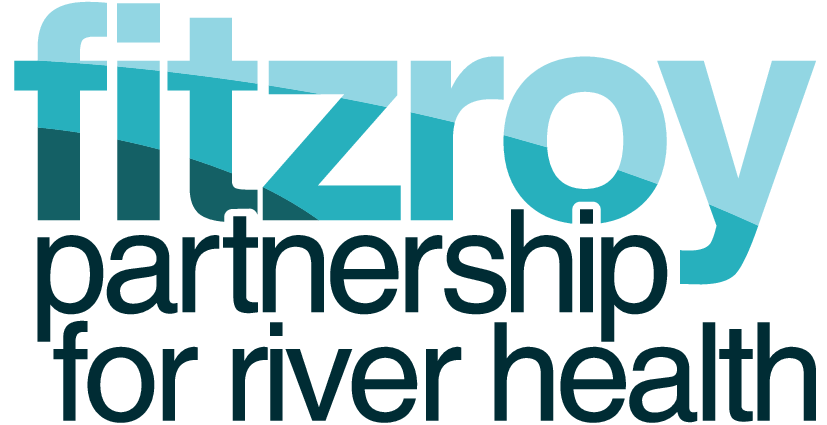[wqip-tabs]
WQIP:2019 – Synthesis Report Assessment
The table below is an assessment matrix summarsing the current status of and threats to coastal marine assets in the Fitzroy region.
Table 2.1. Assessment matrix summarising the current status of and threats to coastal and marine assets in the Fitzroy region. Where: ■ = very good, ■ = good, ■ = moderate, ■ = poor, ■ = very poor, grey = mixed status. Pressures in blue are those that are beyond the scope of the WQIP.
| WQIP:2019 Table 2.1 – Assessment Matrix | |||||
| Asset | Value/Service | Status* | Trends | Trend 2015 to 2019 | Pressures/threats |
| Status of catchment, coastal and marine ecosystems | |||||
| Inshore coral reefs |
Tourism, critical habitat, coastal protection & stabilisation. | Poor | Declines due to TC Debbie & flooding in 2017, marine heatwaves;
Signs of recovery |
Increase | Elevated sediment and nutrients, turbidity, freshwater, ports & coastal development, extreme weather (e.g. cyclones, floods), increasing sea surface temperatures (SST) (coral bleaching), ocean acidification |
| Mid-shelf and offshore coral reefs | Reef tourism, critical habitat, coastal protection | Very Poor | Declines due to TC Debbie; COTS; Coral cover decline 33-25% | Decrease | COTS, extreme weather (e.g. tropical cyclones), increasing SST (coral bleaching), ocean acidification |
| Inshore seagrass meadows |
Critical habitat (esp. dugong), coastal stabilization, nutrient cycling | Poor | Declines due to high turbidity and flooding in 2017; SST+;
Signs of recovery |
Increase | Elevated sediment, turbidity, low tide exposure, coastal development/ports, extreme weather (floods, cyclones) |
| Mid-shelf and offshore (reef) seagrasses | Critical habitat, nutrient cycling, part of reef matrix | Poor | Impacts of cyclone/storm exposure;
Limited recovery |
No Change | Extreme weather (cyclones) |
| Estuaries | Critical habitat, coastal protection/ stabilisation, nutrient cycling, aquatic ecosystem protection, fishing tourism | Moderate (fair) | Changes to estuarine condition; Impacts of catchment activities on water quality | N/A | Elevated sediment, nutrients and pesticides, water flow barriers, coastal development, extreme weather (i.e. tropical cyclones, floods, storm surges), sea-level rise |
| Coastal wetlands | Critical habitat, coastal protection & stabilisation, nutrient cycling, aquatic ecosystem protection | Good to moderate (wetland dependent) | Localised declines in wetland extent; Impacts of catchment activities on water quality | Increase | Elevated sediment, nutrients and pesticides, introduced pests and weeds, water flow barriers, coastal development, extreme weather (i.e. tropical cyclones, floods, storm surges), sea-level rise |
| Island environments | Tourism income, critical habitat (especially. for seabirds and turtle nesting) | Good to moderate (island dependent) | Changes to island vegetation and area; Storm/cyclone damage | No Changes | Human disturbance, introduced pests, extreme weather (i.e. tropical cyclones), sea-level rise, changing rainfall patterns |
| Dugong | Tourism income, cultural importance, ecosystem role | Poor | Significant declines due to flooding events in 2010–11, 2013 | Increase | Declining seagrass condition, human disturbance/interactions, vessel strikes |
| Marine turtles | Tourism income, cultural importance, ecosystem role | Species dependent (poor for species that nest on low-lying cays, loggerhead, hawksbill) | Stable | No Change | Declining seagrass condition, human disturbance/interactions, declining nesting island condition, increasing air/sand temperatures |
| Fish & sharks | Commercial and recreational fisheries (tourism), herbivore grazing macroalgae, apex predators | Species dependent (signs of recovery for some species due to removal of gill nets from Fitzroy River & drum lines) | Species dependent | No Change | Declining habitat condition, unsustainable fishing practices, increasing SST |
| Cetaceans | Tourism income, iconic megafauna, apex predators | Species dependent
(new humpback whale watching tourism) |
Stable | No Change (to slight increase) | Human disturbance/ interactions, reduced prey availability, declining habitat condition |
| Seabirds | Tourism income, iconic fauna, apex predators | Species dependent
(consider conservation status) |
Stable or some species in decline (e.g. common noddy) | No Change | Human disturbance/ interactions, reduced prey availability, declining habitat condition |
* Status assessment, e.g. RWQPP report card five-point scoring system or expert judgement where not available.


